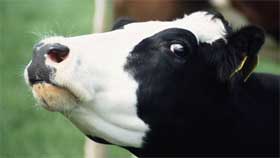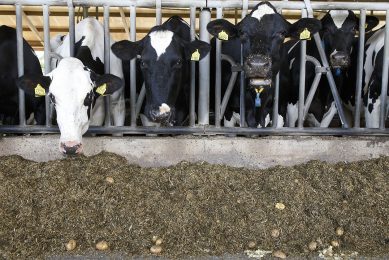USDA confirms case of BSE (with video report)

The US Department of Agriculture have confirmed a case of Bovine Spongiform Encephalopathy (BSE), otherwise know as mad cow disease found in a dairy cow in central California. The first case in six years.
The last case of BSE occured in 2006 in a cow on an Alabam farm. It is the fourth case of mad cow disease in the US cattle supply since December 2003.
According to USDA’s chief veterinary officer, John Clifford, the cow’s meat did not enter the food supply and the carcass will be destroyed. The animal was found at a rendering facility.
“There is really no concern for alarm here with regards to this animal,” Clifford said. “Both human health and animal health are protected with regards to this issue.”
According to a statement from USDA, milk does not transmit BSE.
The case was discovered as part of the USDA’s regular surveillance programme of US cattle. No other cases have been reported yet, and Dr. William Schaffner, chair of preventive medicine at Vanderbilt University, said it’s unlikely that more cows will be infected.
BSE affects the brain and spine of an animal, the result of an unusual transmissible protein called a prion, according to the U.S Centers for Disease Control and Prevention. Those body parts are kept out of grocery stores and restaurants and have no contact with the meat that does make its way to consumers.
No humans have ever been infected with BSE in the US, but fears of the disease became prominent in the 1990s when nearly 150 people in Britain died from the brain-wasting disease.
| ABC Report |











